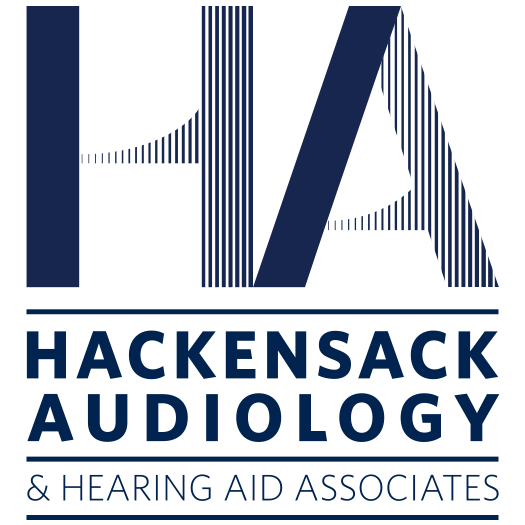Never Oversleep Again With Alerting Devices
Plenty of noise happens after you take your hearing aids out for the night, from phone calls to your morning alarm. It’s hard enough hearing them when you’re awake — what about when you’re sleeping? Say hello to alerting devices.
Alerting Devices
These devices take everyday household sounds and convert them into something easily noticed and recognized by someone with a hearing loss. Common methods are flashing lights, vibrations, or changing the volume or frequency of the sound.
Alarm Clocks
Alarm clocks use several different methods of alert. You can buy an alarm clock specifically tailored to those with hearing loss, but there are also accessories you can use with your existing alarm clock.
One alert type increases the volume of the alarm. Another uses a shaker placed under your pillow; when the alarm sounds, the shaker vibrates you awake. Some clocks or accessories combine the shaker with flashing lights. Still others have outlets — you can plug in one of your existing lamps, and the alarm turns the lamp on and off as the alarm sounds.
For those who use their cell phone or smartphone as an alarm clock, there are even shakers you can plug into the wall and place under your pillow. When your alarm sounds, a smartphone app triggers the shaker to vibrate.
Doorbells
A variety of doorbell alerts are available, and they all work in basically the same way: A doorbell — either battery operated or wired to your electrical system — sends a signal to a receiver by your bed. Depending on the specific brand and model of alert, the receiver activates a shaker under your pillow, flashes a light, increases the volume of the doorbell, or all three. You can usually buy extra receivers as well, so you can have one in your bedroom as well as the living room. Some work only up to 20 feet, while others work up to 1,000 feet.
Baby Monitors
These run the gamut. The simplest style uses a monitor for baby’s room that transmits to a vibrating shaker under the parent’s pillow, but there are systems available that also include multiple monitors, video, lights, and sound. There are products that use your smartphone as the video monitor and under-pillow vibrating shaker, and even an option that includes a wearable wristband that vibrates to alert you.
Landline Phones
Much like alarm clocks, there are landline phones tailored to those with hearing loss, but there are also accessories you can use with your existing phone. A louder ring, flashing lights, a vibrating shaker under the pillow, or all three are available. And just like with the alarm clocks, there are phone models that allow you to plug in one of your lamps to serve as a flashing alert when the phone rings.
Weather Alerts
There are several NOAA All Hazards Weather Radios that offer simple text readouts along with visual and vibrating alarm features. You can also find third-party vendors offering adapters that color code the warning lights and improve the readability of the display.
Smoke Alarms
You can use adapters that work with your existing smoke alarms, or you can replace yours with battery-powered or hardwired smoke alarms. Whichever route you choose, these smoke alarm-based alerts trigger a strobe light to indicate the alarm is going off. When paired with a central alert system (see next section), you can also include a vibrating shaker under your pillow.
Central Alert Systems
A central alert system combines all of the above features. The base unit alerts you using flashing lights, a shaker, a speaker, small graphics (to identify the source of the alert), and a message screen. The base usually has a built-in alarm clock and comes with a phone cord, shaker, and wireless doorbell. Central alert systems are set up to accommodate additional devices, such as baby-monitor alerts and NOAA weather alerts, which would need to be purchased separately and paired to your base.
But Wait, There’s More
This is just the beginning. These alerts are one type of a larger family of devices called assistive listening devices (ALDs). To learn more, contact us today or check out our webpage all about them!


